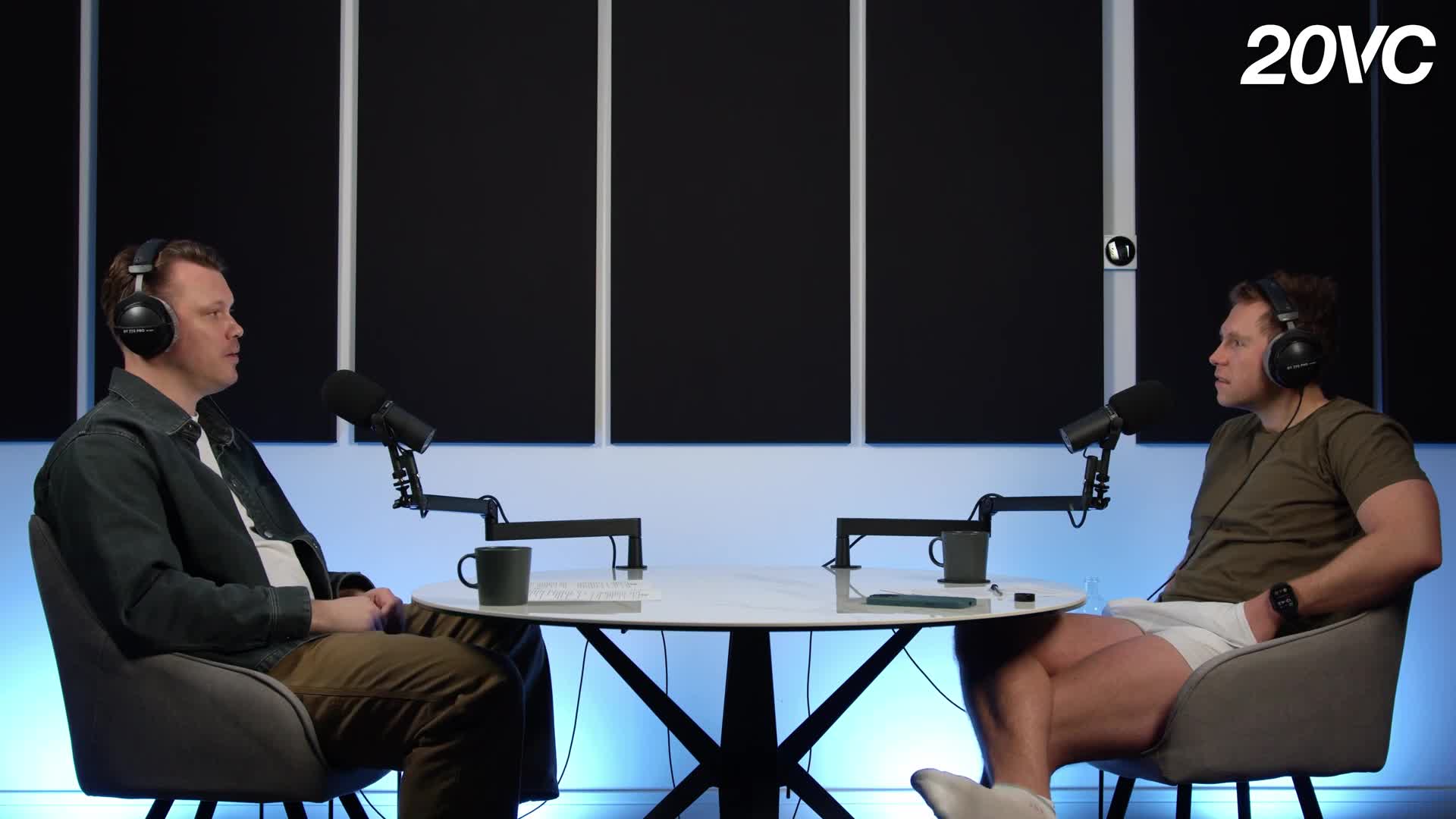Digital Media
Digital media represents the vast array of content created, distributed, and consumed through digital platforms and technologies. This includes various formats such as text, audio, video, images, and interactive content, all delivered via websites, social media, mobile apps, and streaming services. Unlike traditional analog media, which is limited to physical forms like newspapers and DVDs, digital media utilizes binary code to allow easy modification, sharing, and access, fundamentally transforming how we engage with information and entertainment in our daily lives. The relevance of digital media is underscored by its profound impact on multiple industries, from marketing to education and beyond. As the world increasingly leans on digital environments, businesses leverage digital marketing strategies to reach their audiences more effectively, making social media analytics and content creation tools essential for measuring engagement and tailoring messaging. Recent trends highlight the shifting consumer preferences towards digital platforms, with significant increases in online retail, prompted by the rise of connected TV and innovative video content. The rapid growth of platforms like TikTok and YouTube speaks to this shift, where creators are now driving content discovery through engaging storytelling and dynamic visuals—reinforcing digital media's role as a primary conduit of entertainment and information. As we continue to navigate this fast-evolving landscape, understanding the implications of digital media becomes critical for businesses and consumers alike. Engaging with digital media not only enhances accessibility to diverse viewpoints but also promotes innovative career paths that blend technology and creativity. In the face of ongoing advancements in AI and content delivery methods, digital media remains a fulcrum for social engagement, business development, and artistic expression.
What is the current state and value of long-form journalism in today's fast-paced digital media landscape?
Despite the dominance of social media's superficial news cycle, there is a growing demand for in-depth, long-form journalism that provides meaningful context and understanding. David Remnick argues that people genuinely want to comprehend complex world events beyond brief summaries or "little dots in one sentence." This resurgence of quality journalism serves as a crucial counterbalance to sensationalism and outrage-driven content, offering factual reporting that fosters empathy and informed public discourse in our increasingly complex world.
Watch clip answer (00:23m)How did the CIA use international media manipulation as a tool for influencing global narratives and public perception?
Frank Wisner, a key CIA figure, developed what became known as "Wisner's Wurlitzer" - a sophisticated media manipulation system named after the church organ. This concept allowed the CIA to orchestrate international media narratives with remarkable precision, essentially "playing" global media outlets like instruments in a symphony. Wisner's approach demonstrated the CIA's ability to make any desired narrative go viral across different countries by leveraging their network of media connections and influence operations. This systematic manipulation of international media reveals how governmental organizations have historically used covert strategies to shape public perception and control information flows. The implications of such media manipulation extend far beyond simple propaganda, highlighting serious concerns about democratic transparency and the public's right to unbiased information in an era of increasing media influence on political discourse.
Watch clip answer (00:18m)How has X (formerly Twitter) evolved under Elon Musk's leadership, and what is his vision for the platform's role in facilitating free speech and diverse viewpoints?
Under Musk's leadership, X has undergone significant transformation with record usage and expanded functionality. The platform now supports long-form text and video content, audio-video calling, and improved algorithms, moving beyond its original short-text format. Musk positions X as a "digital town square" designed to foster open dialogue across the political spectrum. Musk argues that the previous Twitter was biased toward far-left perspectives, largely due to its San Francisco-Berkeley location and workforce. He views this transformation as creating a more balanced platform that accommodates diverse political viewpoints rather than projecting specific regional political dogma. His vision emphasizes X as a real-time news source that enhances user accessibility and interaction, aiming to create a more inclusive platform for meaningful discourse across different political and social perspectives.
Watch clip answer (01:45m)How will we distinguish between real and AI-generated content as technology advances, and what systems might emerge to track content authenticity?
The speaker argues that the distinction between real and AI-generated content will become increasingly irrelevant as technology evolves. Most content today is already "artificial" to some extent - from Instagram filters to Hollywood special effects - yet we evaluate it based on its message and quality rather than production methods. To address authenticity concerns, the speaker proposes developing systems similar to YouTube's copyright detection (Shazam technology) that could create a "chain of content" tracking. This would involve a centralized database, potentially blockchain-based, where all content is registered upon creation, allowing platforms to automatically identify original sources and flag manipulated or miscontextualized content. Such systems could combat disinformation by automatically flagging when old images are presented as recent news, similar to how YouTube detects copyrighted music and provides proper attribution or monetization to rights holders.
Watch clip answer (03:48m)


